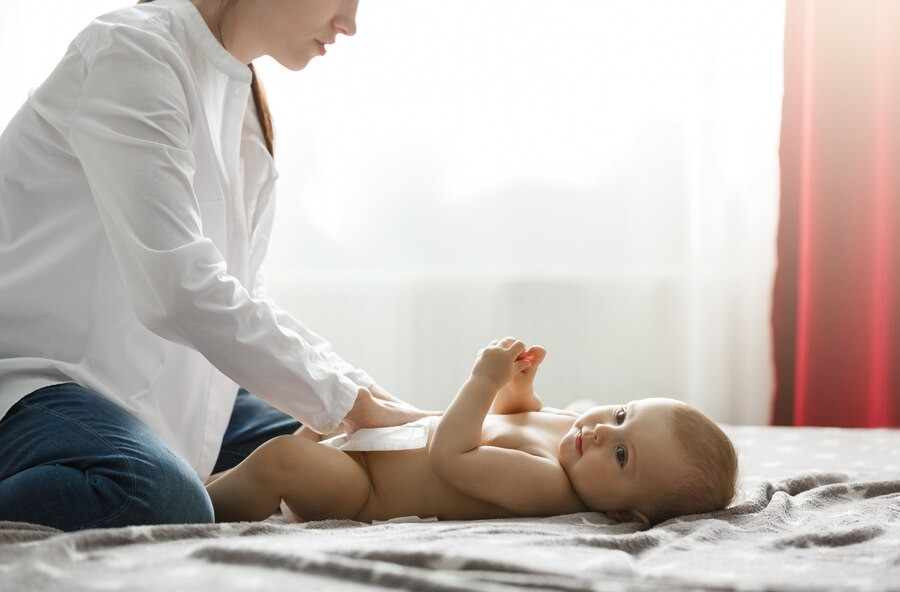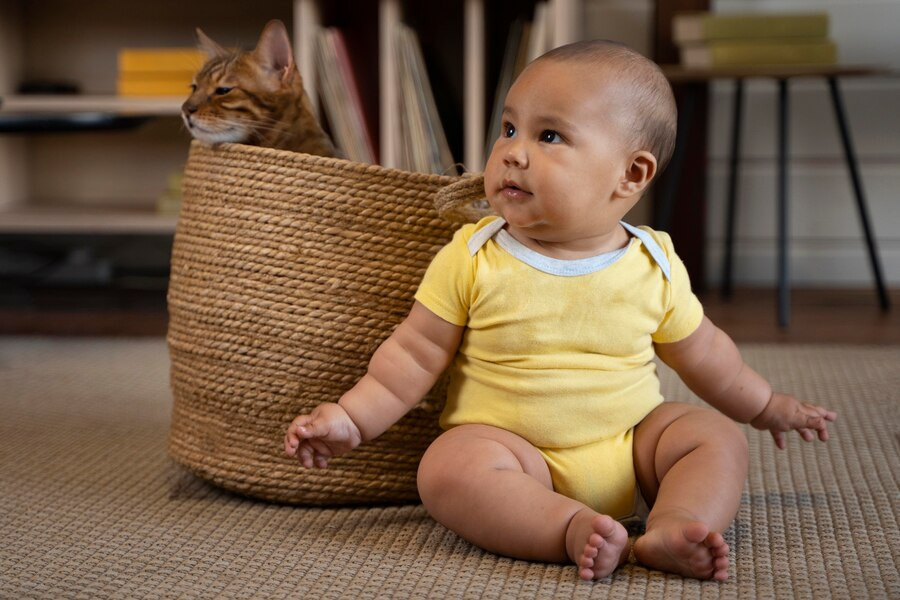Baby blankets are usually among the items on a newborn’s buying list, in addition to clothing. Baby blankets come in various styles, materials, and thicknesses. Many people opt for soft blankets to provide comfort and warmth for their babies. However, is it safe for babies to sleep with a blanket?
Discover the details of providing blankets to babies and the important factors to consider.
Blanketing Newborns: What You Need to Know
According to experts, providing a baby with a blanket poses significant dangers. These are several potential risks involved, including:
Sudden infant mortality syndrome (SIDS)
SIDS refers to the sudden and unexplained death of a healthy infant who is less than one year old. SIDS often occurs during sleep. The definitive cause of SIDS is unknown. However, researchers have found that sleep factors can put infants at risk of SIDS. It is suggested that adhering to safe sleeping practices can decrease the likelihood of SIDS.
Babies are advised to sleep on their backs and be free from extra items such as blankets, pillows, stuffed animals, and toys to lower the risk of SIDS.
Also read: How To Prevent SIDS, Sudden Death In Babies
Suffocation or strangulation
Placing blankets or any items in the crib can heighten the risk of suffocation or strangulation. Infants are more likely to experience breathing problems if the blanket is draped over their face, covering their mouth and nose.
Babies frequently move around while they sleep. The risk of breathing trapped beneath the blanket increases when they move it over their face.
Overheating
Using blankets, particularly thick and shaggy ones, increases the risk of overheating the baby. This excess heat makes the baby uncomfortable, which is characterized by these various signs:
- Elevated body temperature, with or without fever
- Skin redness
- Sweating
- Irritability and restlessness
- Increased heart rate
- Excessive tiredness and lethargy
- Confusion and weakness
- Nausea and vomiting
Maintaining a cool and comfortable bedroom temperature is very important to prevent overheating.
Read more: Variety Of Positions Carrying Safe Babies
When is the ideal time for a baby to start sleeping with a blanket?
The American Academy of Pediatrics (AAP) does not recommend putting blankets on newborns, especially thick and heavy blankets, for at least the first 12 months of age. This is to avoid the risk of suffocation, strangulation, and sudden death in infants.
Once the child reaches 12 months, or when the child is old enough to use a blanket, it's important to consider factors such as size, thickness, and fabric. Larger blankets may pose suffocation hazards, while muslin blankets are generally safer.
Also, avoid choosing blankets that have long straps or ribbons that can increase the risk of entanglement or suffocation. For children who are quite active, consider giving long pyjamas, which are much safer than blankets.
If you decide to give it a blanket, then make sure it is placed no higher than the chest. Always supervise and monitor the baby to ensure safe and comfortable sleep.
Do you need medical advice regarding tips on how to care for or put your baby to sleep? Please seek a doctor through the health consultation services available on the Ai care application, downloadable from the App Store or Play Store.
Want to know more information about pregnancy, breastfeeding, and the health of women and children? Click here!
- dr. Yuliana Inosensia
Healthline. (2019). When Is It Safe for My Baby to Sleep with a Blanket? [online] Available at: https://www.healthline.com/health/baby/when-can-baby-sleep-with-blanket.
www.whattoexpect.com. (n.d.). When Can Your Baby Sleep With a Blanket at Night? [online] Available at: https://www.whattoexpect.com/first-year/sleep/when-can-babies-sleep-with-a-blanket/
Contributors, W.E. (n.d.). When Can a Baby Sleep With Blankets? [online] WebMD. Available at: https://www.webmd.com/baby/when-can-a-baby-sleep-with-blankets.
https://safetosleep.nichd.nih.gov/. (n.d.). What is SIDS? | Safe to Sleep®. [online] Available at: https://safetosleep.nichd.nih.gov/about/sids-definition.
Healthline. (2020). Baby Weighted Blankets: Are They Safe? What You Need to Know. [online] Available at: https://www.healthline.com/health/baby/baby-weighted-blanket
Healthline. (2021). Baby Overheating: Signs, Prevention, and Next Steps. [online] Available at: https://www.healthline.com/health/baby/baby-overheating .












